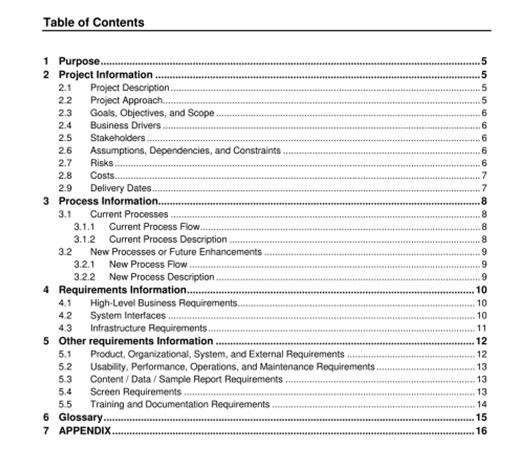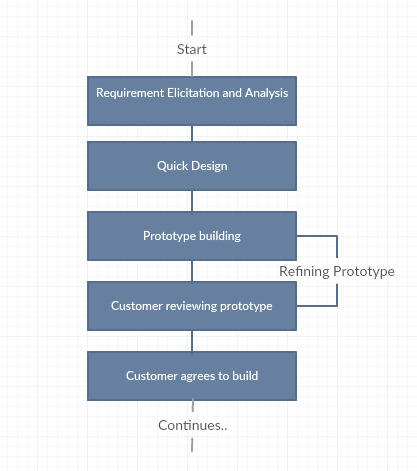Don't wanna be here? Send us removal request.
Text
Small Finance Bank
India is one of the fastest growing economy in this world. The population of India is growing as very pace. But still 1/3rd of India’s population is unaware about banking practices. In order for a country to grow, the people from every part of country should grow. Also, the basic financial facilities were not availed to the people of India. So in order to include this people to contribute towards…
View On WordPress
#AU Small Finance Bank#Bank#Disha Small Finance Bank#Equitas Holdings Pvt Ltd#Janalakshmi Bank#Janalakshmi Financial services PVT LTD#small finance banks#SMF#Suryoday Small Finance Bank#Ujjivan Small Finance Bank
0 notes
Text
New KYC Guidelines
New KYC Guidelines- Customers must know
The word KYC is gaining a boom in today’s world where it became essential for the financial institutions to know their customers well before getting into any money related transaction.
KYC is nothing but Know your customer. It is essential for Customer Due Diligence. To provide the strong backbone to Indian Economy and prevent the Financial Institutions from fraud, RBI amended policies which…
View On WordPress
#account opening#ekyc#kyc#RBI guidelines#suryoday bank#suryoday micro finance#suryodaysmallfinancebank
0 notes
Text
Level 1 Data flow Diagram
Level 1 Data flow Diagram

Level 1 DFD are more detailed view of flow of information in the system as compared to Level 0 DFD. They are expansion of the context diagram i.e. Level 0 DFDs. The external entities in Level 1 DFDs remain same as in it is in the case of Level 0 DFD. A level 1 data flow diagram (DFD) is more detailed than a level 0 DFD but not as detailed as a level 2 DFD. It breaks down the main processes into…
View On WordPress
#Data flow diagrams#DFD#DFDs#example of DFD#Level 1 DFD#Level in DFDs#software#software development methodologies#software engineering#UML
0 notes
Text
Level 0 Data Flow Diagrams- Context diagram
Level 0 Data Flow Diagrams- Context diagram

They are the basic higher level DFDs. They do not include the flow of information in the system in detail. As we saw the analogy, when we are helicopter and we see our company as a whole, we can only see the external entities along with company as a whole and not the internal structure or processes in detail, nor any data store.
Hence, the Level 0 DFD has only one process and external entities…
View On WordPress
#Context diagram#data flow diagram level 0 example#Data flow diagrams#DFD#DFDs#level 0 dfd#Level in DFDs#online taxi booking system dfd example#software#software development methodologies#software engineering#UML
0 notes
Text
Application Portfolio Management (APM)- Introduction
Application Portfolio Management (APM)- Introduction
An application program (app or application for short) is a computer program designed to perform a group of coordinated functions, tasks, or activities for the benefit of the user. This contrasts with system software, which is mainly involved with running the computer. (Source: Wikipedia)
Generally in this 21st century, each and every organization has their own application built using millions of…
View On WordPress
#APM#application analysis and implementation roadmap#application health analysis#application portfolio analysis#application portfolio managment#application portfolio rationalization#introduction to APM#IT#portfolio management#software engineering
0 notes
Text
Data Flow Diagram (DFD)- Introduction
Data Flow Diagram (DFD)- Introduction

DFD or Data Flow Diagrams have remained basic to the software development methodology as it gives the understanding about how the information flows through the system or software. There are basically important because everyone in the hierarchy uses it from developer to CEO. DFD are combination of the flow of information and functions of the system. They are important part of UML diagrams.
There…
View On WordPress
#agile#Context diagram#Data flow diagrams#DFD#DFDs#Level in data flow diagram#Level in DFDs#software#software development methodologies#software engineering
0 notes
Text
System Requirement Specification (SRS)
System Requirement Specification (SRS)
System Requirement Specification are the description of the system to be developed. It includes functional (use cases) as well as non functional (maintainability, scalability, capacity, etc.) description of the system to be developed. It also includes the use cases to show the interaction of the user with the system. Use cases are UML diagrams. For more information on use cases, please with the…
View On WordPress
#agile#requirement management#software#software development methodologies#software engineering#software requirement specification#SRS#system requirement specification
0 notes
Text
Business Requirement Document

First of all to clarify that Business Requirement Document (BRD) and Business Requirement Specification Document (BRS) both are one and the same thing sent by the client organization to the service providing organization describing the working of the system that needs to be implemented. It can involve technical specification too.
We always get confused between BRD and FRD (Functional Requirement…
View On WordPress
0 notes
Text
Business Model Canvas

Business model is defined as the combination of the assets , value proposition and strategy for an organization. This definition of business model is widely accepted in strategy managements since many years. But for IT world business model canvas means slightly similar with some modifications into it.
While working with Agile, one of the important aspect of the project is to understand it well as…
View On WordPress
#advanced software engineering#agile#applicaton for event management#BMC#BMC with example#buiness model canvas#design engineering#event management example#software#software engineering#tools for business model canvasing
0 notes
Photo

Burn up chart Burnup or Burn up chart represents the amount of work completed, and total amount of work with time.
#agile#burnup chart#difference between burndown and burnup chart in agile#software#software development methodologies#software engineering#why to use burnup chart
0 notes
Text
Burndown Chart

Burndown chart is the graphical representation of the outstanding work remaining with time in a cycle. It shows how you and your team are burning through your customer’s user stories. It has user stories on vertical axis while time on horizontal axis. It can be made taking insights of remaining work from kanban board or chart.
It shows the effort in terms of point remaining to be completed…
View On WordPress
#agile#agile implementation basics#burndown chart#effort vs time#software#software development methodologies#software engineering
0 notes
Text
Kanban board

Kanban board or Kanban chart is a visualization tool to visualize your work and workflow while working on a project and to optimize the workflow. This tool nowadays is vastly used with agile software development methodology i.e. Scrum or XPor any other methods. But it was originally invented 70 years back in late 1940’s by Toyota re-imagined their approach in their manufacturing and engineering.…
View On WordPress
#agile#cumulative flow#kanban board#kanban chart#physical kanban board#principles of kanban board#software#software engineering#tools for kanban board#virtual kanban board
0 notes
Text
Extreme Programming model

After understanding the Scrum model, the time is to understand how XP (Extreme Programming). It is very aligned to Scrum model but there are some minute differences in working of both the model. The user stories are formed and all the rest of scrum is followed but the below are some differences in both the model:
The Sprint time: In Scrum it used to be 2-4 weeks but in XP it is from 1-2 weeks.
Th…
View On WordPress
#12 practices of xp#12 principles of xp#agile#difference between scrum and xp#extreme programming#scrum#software#software engineering#xp
0 notes
Text
Scrum model

The most basic model in Agile methodology is Scrum model. The roots of scrum model is based on incremental and iterative approach of traditional methodology. Each iteration is called Sprint and time frame for each Sprint can be from 2 weeks to 4 weeks. The scrum is the most basic framework which can be complemented with other Agile methodsand can work in complementary with each of them. Before…
View On WordPress
#agile#agile methodology#product owner#requirement management#scrum#scrum master#scrum team#sdlc#software#software development life cycle#software development methodologies#software engineering
0 notes
Text
Agile-Introduction
Agile methodology basically came in picture in order to handle the changing requirements in product development that can be software or hardware. The traditional models were not able to handle the changing requirements and all the traditional models we saw i.e. waterfall model, incremental and iterative model, v-model, SEP( structured evolutionary prototype) model and spiral model were unable to…
View On WordPress
#agile#agile methodology#basics of agile#requirement management#requirement management tools#scrum#sdlc#software development life cycle#software development methodologies#software development using agile#software engineering#user stories#waterfall
0 notes
Text
Structured evolutionary prototype model
Structured evolutionary prototype model

Structured evolutionary prototype (SEP) model is one of the mostly used model which is linear and sequential in nature one the prototype is accepted by client. The requirement is collected as in the case of waterfall modelusing elicitation techniques like questionnaire, survey, brainstorming, focused group discussion or one to one interview. Then it is transformed into a prototype after analysis…
View On WordPress
#agile#prototype model#sdlc#software#software development life cycle#software development methodologies#software engineering#structured evolutionary prototype model#waterfall
0 notes
Text
Spiral model

Spiral model is said to be combination of iterative model and linear sequential model i.e. waterfall model. The product is released in iteration while taking the advantages of waterfall methodology. The emphasis is laid on risk evaluation along with product development.
The spiral model has basically 6 stages:
Customer communication
The requirements are gathered in this phase using any of the req…
View On WordPress
#agile#risk handling sdlc model#sdlc#software#software development life cycle#software development methodologies#software engineering#spiral model#traditional software development methodology#waterfall+iterative model
0 notes